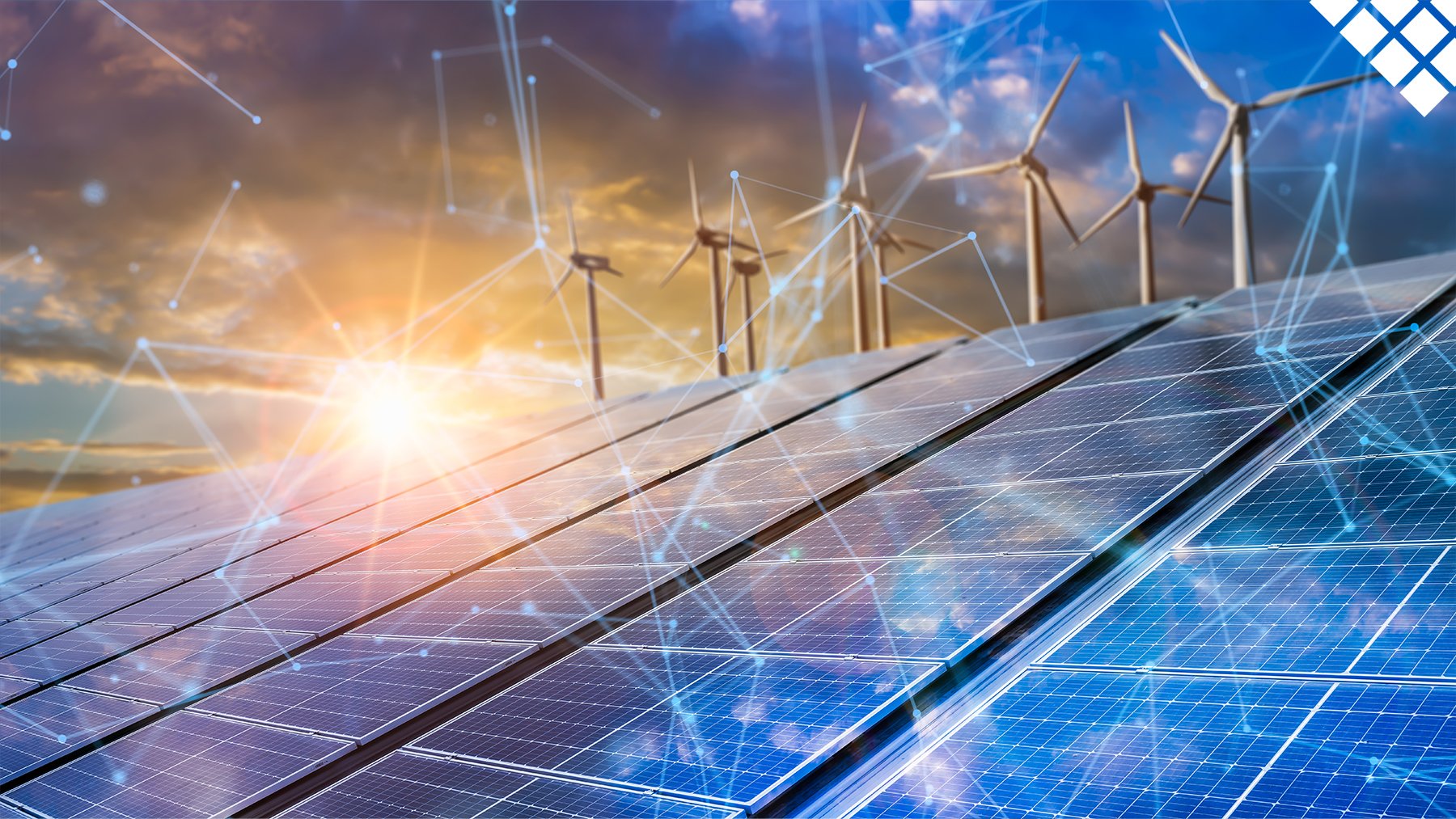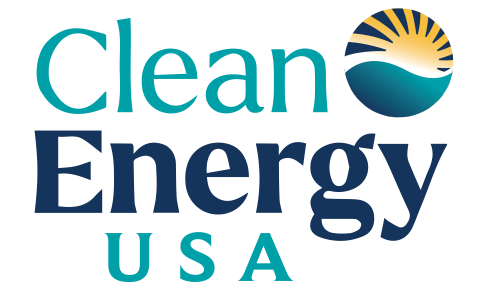
How The Grid Works
The field of solar energy has seen rapid advancements in technology, making it more efficient and more affordable than ever before. As such, the number of residential and commercial property owners installing solar panels has increased dramatically over the past few decades. Of the several types of solar systems installed across the country, on-grid solar systems are the most widely implemented.
What Is An “On-Grid” Solar Panel System?
Residential and commercial solar systems are classified into three categories: on-grid, off-grid, and hybrid. These distinctions are based on whether or not a system is connected to your local electricity grid. On-grid solar power systems generate electricity from solar energy, but it’s still connected to the grid. The electricity produced by the solar panels powers your appliances, and the excess is transmitted back to the grid.
Here’s a slightly more in-depth explanation of how it works:
On-grid systems function by your supply of electricity flowing to the grid, and from the grid back to your home. It’s a system that enables solar systems to be more affordable and more efficient. Your solar panels convert sunlight into electric energy—this is known as Direct Current (DC). That current is sent to your system’s grid-tied inverter, which converts the DC to Alternating Current (AC), powering your electrical appliances.
The grid-tied inverter also regulates the amount and voltage of electricity that’s fed into your property, as the power generated is typically far more than your home and most businesses need or can even handle.
Now, let’s delve deeper into the many features, details, and incentives of a grid-connected solar energy system.
What Is Net Metering?
An important feature of an on-grid system, net metering is a policy that sees your utility company give you credit for any excess electricity you send (not sell) back to the grid. When you generate more electricity that you use, you get a credit on your electricity bill that is carried forward to your next month’s bill.
Traditional means of measuring electricity only calculate the energy (in KWH) that is provided to a customer. This static means of measuring meant that customers wouldn’t gain any benefits from generating more electricity than they needed. Net metering was developed as a way of remedying this solar shortfall.
Each state has its own approach to how it deploys a net metering policy. In Delaware, net metering enables you to send your excess electricity back to the grid for credits on your utility bill. The First State wants you to enjoy the benefits of producing clean solar energy, and net metering is a dynamic incentive to get you to do so.
What is Peak Power?
While researching solar photovoltaic (PV) panels, you’re likely to come across the words “peak power.” In relation to solar energy, peak power refers to the maximum output of a solar system over one hour, rated in kilowatts per hour (kWp). The calculation used to determine this number uses the current and voltage resulting under specific conditions and varying resistance. The higher a solar panel is rated, the greater the nominal power it will produce.
Some of the factors that affect the amount of electricity produced and the level of peak power include:
- Geographic location
- Degree of available sunlight
- Temperature conditions
- Orientation of solar panels
- Passing weather systems
Peak power of your solar system is calculated by controlled conditions, known as standard test conditions (STC). These tests define an array of measurements, resulting in the power output of each solar panel. STC include factors such as sunlight directed at a perpendicular angle, air mass, light intensity, and specific temperature ratings.
How Does Battery Storage Factor Into A Solar Panel System?
Battery Storage is an additional feature that some customers like to add to their solar panel system. A means of storing energy, Battery Storage gives you access to power no matter what happens to the grid. Adding this feature ensures that you can keep the lights on, the fridge running, and your phone charged. It works in the same basic way that a gas-powered generator functions—a backup system that gives you peace of mind when extreme weather begins to shake your windows.
Cash vs. Loan: How Purchasing Solar Powers Your Energy Savings
While the price of solar panel systems has dropped considerably over recent years, it still costs thousands of dollars—and not everyone has that kind of cash on hand at a given time. Of course, paying cash is the most straightforward way to purchase solar panels. What’s more, a cash payment allows you to avoid interest charges and loan fees, while keeping prying eyes off of your credit score.
Both purchasing with cash and acquiring your solar panels through a loan gives you the chance to take advantage of tax incentives. On a federal level, the U.S. government gives you 30 percent of the cost of the panels back when you file your taxes. That rate falls to 22 percent in 2023 and disappears after that (unless new legislation passes).
Solar loans are available for anyone who can’t afford to pay for the system all at once. One such option is a home equity loan or home equity line of credit, where you borrow against the equity of your house (what you could get for selling it minus what you owe on your mortgage). You can borrow up to 85 percent of that amount, according to the Federal Trade Commission.
When you purchase a full solar power system through a loan, you can still claim the federal solar tax credit, however, it comes back to you when you file your taxes and not when you buy the system outright.
What Happens To My Utilities When I Go Solar?
The answer to the question, “how much will I save monthly on electricity?” is often the deciding factor on solar energy for most consumers. The answer is relatively simple:
When you hook up with on-grid solar energy, your property will remain connected to the electric grid and you will still receive a monthly bill from your local utility company. Where the change comes in, is that solar panels will drastically reduce or even eliminate the electricity delivery part of your bill, along with the supply charge. The customer service charge is the one portion of the bill that solar does not reduce.
A Grid-Connected Solar System
With net metering, tax incentives, and battery storage as features, on-grid solar energy systems power real change in your energy consumption and how you’re billed on a monthly basis, saving you money even when inflation rates are steadily increasing. Clean Energy USA assesses your immediate energy needs, and takes you from the installation process to the ultimate return on your investment.
